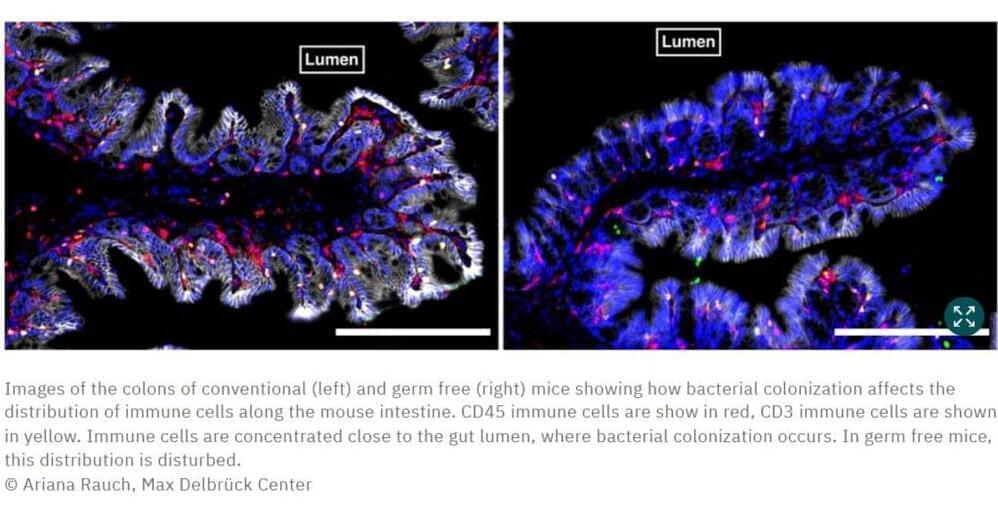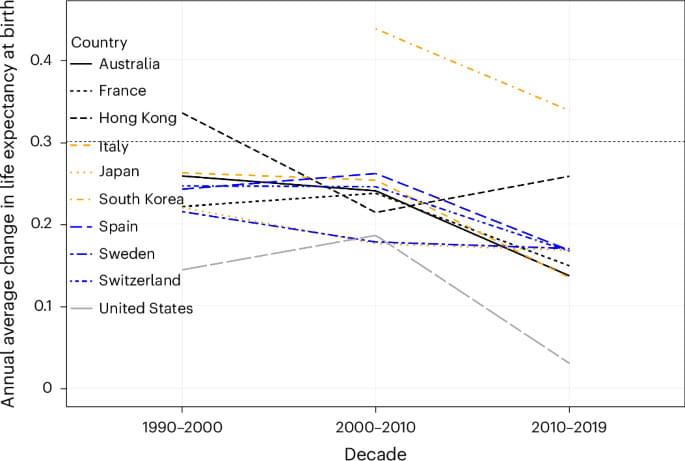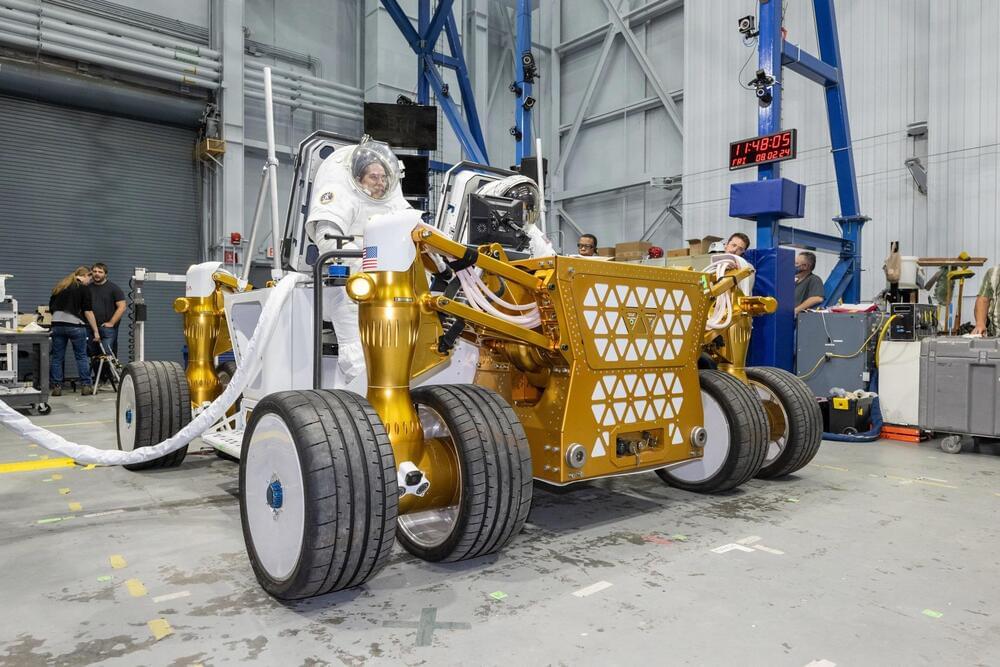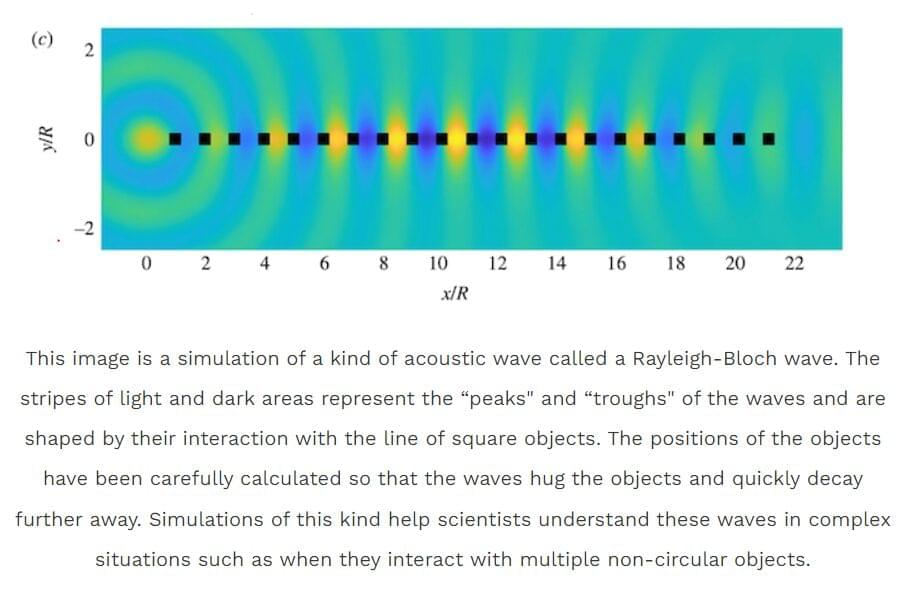
Researchers at the Experimental and Clinical Research Center of Max Delbrück Center and Charité — Universitätsmedizin Berlin (ECRC) have found that different anatomical sections of the gastrointestinal tracts of mice carry different compositions of microbial communities. Moreover, the specific makeup of the microbiota can influence the type and abundance of immune cells in any particular region. The study, which was published in Gut Microbes, maps the complex spatial organization of immune cells and microbial communities, providing a tool for studying the interaction between gut microbes and inflammatory diseases.
Previous research has hinted at the existence of “hotspots” along the GI tract where specific immune cells and microbes might interact more intensely.
But no one had systematically investigated this across the entire gut, says Dr. Hendrik Bartolomaeus, in the Immune-Microbial Dynamics in Cardiorenal Disease lab of Dr. Nicola Wilck, and an author of the study.


















